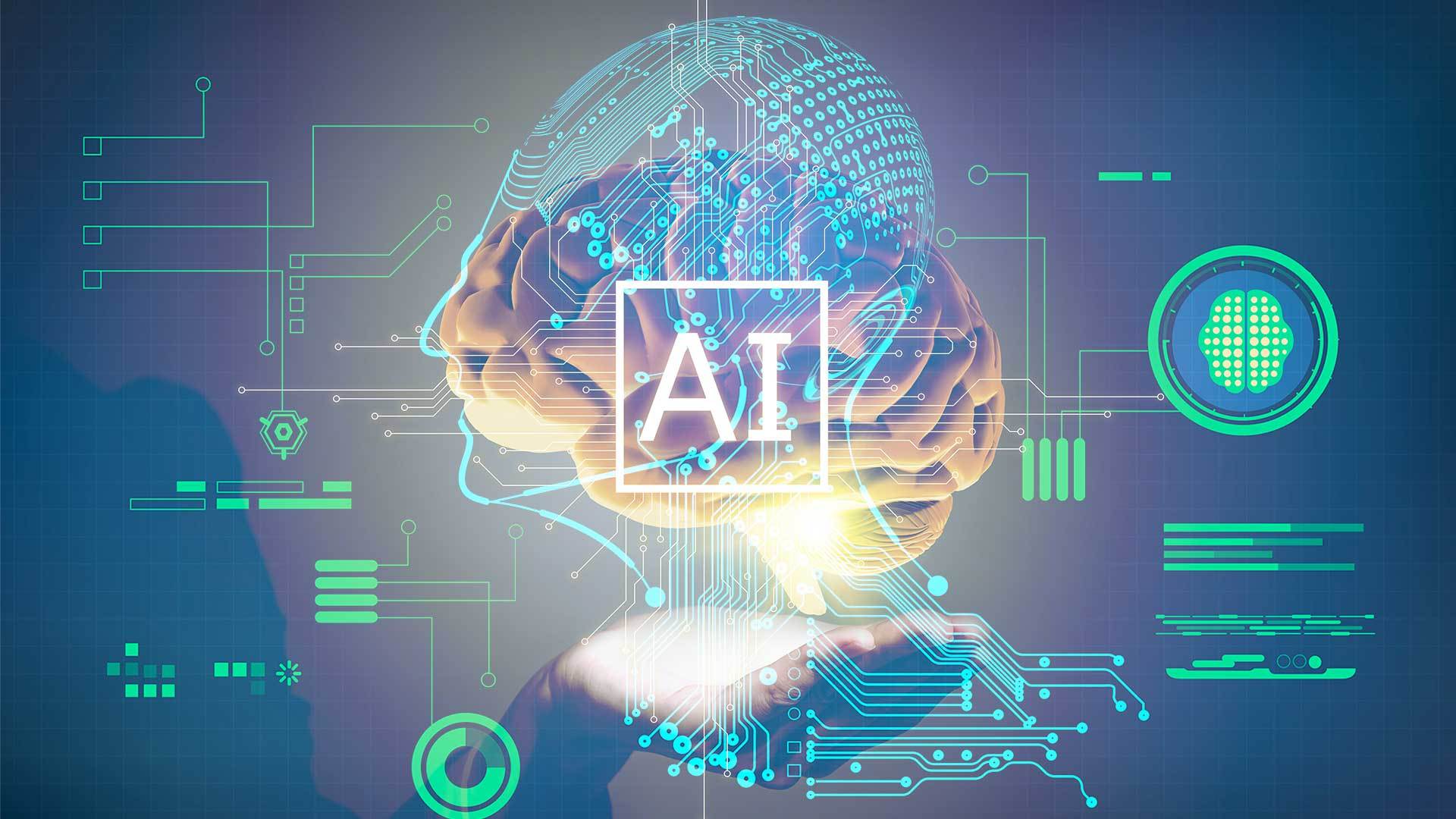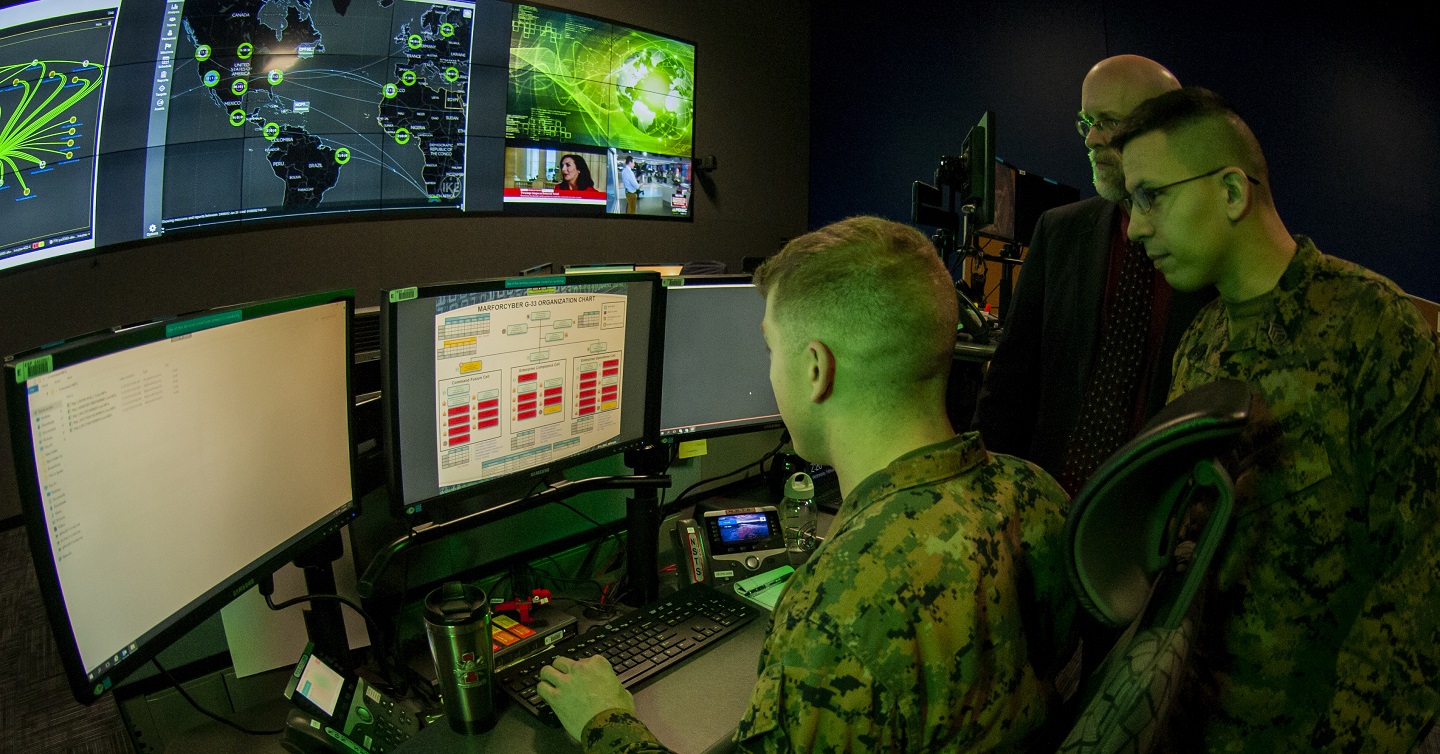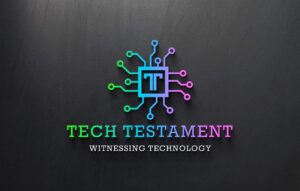
AI technologies have been rapidly evolving and are now being integrated into various industries, affecting the nature of work, employment trends, and job dynamics. This paper utilizes a variety of statistical data sources to examine the extent of AI’s penetration into the workplace, its impact on employment, and the challenges and opportunities it presents to the workforce. The findings suggest that while AI is transforming the workplace, it also creates new prospects for workers and requires a proactive approach to adaptation and upskilling.
- Introduction:
The integration of Artificial Intelligence (AI) into the workplace has been a topic of considerable interest and debate in recent years. As AI technologies become increasingly sophisticated, they are reshaping the way work is performed across various industries. This paper seeks to provide a statistical analysis of AI’s influence on the workplace, focusing on the following key areas:
- The extent of AI adoption in different industries.
- The impact of AI on employment trends.
- The challenges and opportunities AI presents to the workforce.
- AI Adoption in Different Industries:
To understand the extent of AI adoption, we have collected data on the prevalence of AI technologies in various sectors. The data reveals a rapid expansion of AI usage across industries, with significant variations. The following are some key statistics:
- Healthcare: AI is increasingly being used in medical diagnosis, with a 25% annual growth rate in AI-powered medical imaging systems.
- Manufacturing: 65% of manufacturers have integrated AI into their production processes, resulting in a 15% increase in overall productivity.
- Finance: 89% of financial institutions use AI for fraud detection and risk assessment, resulting in a 30% reduction in fraudulent activities.
- Retail: AI-powered chatbots and recommendation systems have led to a 20% increase in customer engagement and sales.
- Impact on Employment Trends:
The integration of AI into the workplace has had a significant impact on employment trends. While some jobs have been automated, new opportunities have emerged. The statistics show:
- Job displacement: Approximately 20% of routine, repetitive jobs have been automated, leading to job displacement in sectors like manufacturing and data entry.
- Job creation: AI has created 15% more jobs in roles related to AI development, data analysis, and maintenance.
- Reskilling: The demand for workers with AI-related skills has increased by 45%, highlighting the importance of reskilling and upskilling programs.
- Challenges and Opportunities:
AI’s presence in the workplace brings both challenges and opportunities for the workforce. Statistics indicate:
- Skills gap: 60% of workers believe they lack the necessary AI skills, highlighting the need for training and education programs.
- Job transformation: 30% of existing job roles have undergone significant changes due to AI, requiring employees to adapt and acquire new skills.
- Productivity boost: AI has improved productivity by 25% in industries that have embraced it, resulting in greater efficiency and competitiveness.
- Conclusion:
AI is undeniably transforming the workplace, with its impact felt across industries and employment trends. While it presents challenges such as job displacement and skills gaps, it also offers opportunities for job creation and increased productivity. To thrive in the AI-driven workplace of the future, individuals and organizations must proactively address these challenges through reskilling, upskilling, and a forward-thinking approach to AI integration.
In conclusion, AI’s ascent in the workplace is a reality that cannot be ignored. By harnessing its potential and addressing its challenges, society can navigate this transformation and build a workforce that thrives in the age of AI.




